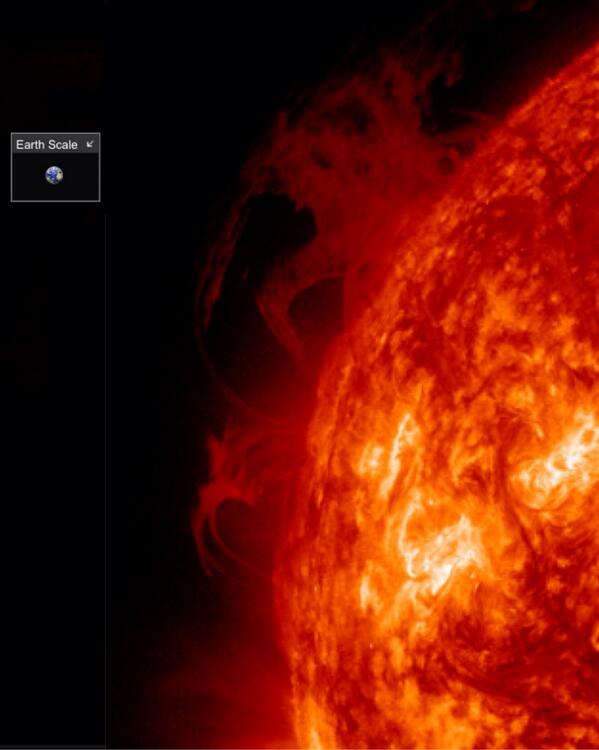Jupiter’s trademark Great Red Spot – a swirling anti-cyclonic storm larger than Earth — has shrunk to its smallest size ever measured.
Recent NASA Hubble Space Telescope observations confirm the Great Red Spot now is approximately 10,250 miles across, less than half the size of some historical measurements. Astronomers have followed this downsizing since the 1930s.
Historic observations as far back as the late 1800s gauged the storm to be as large as 25,500 miles on its long axis. NASA Voyager 1 and Voyager 2 flybys of Jupiter in 1979 measured it to be 14,500 miles across. In 1995, a Hubble photo showed the long axis of the spot at an estimated 13,020 miles across. And in a 2009 photo, it was measured at 11,130 miles across.
NASA’s Juno spacecraft is hurtling toward Jupiter now, due to reach the giant planet in July 2016. Point-blank examination by Juno’s instruments will undoubtedly help unravel the mystery.







